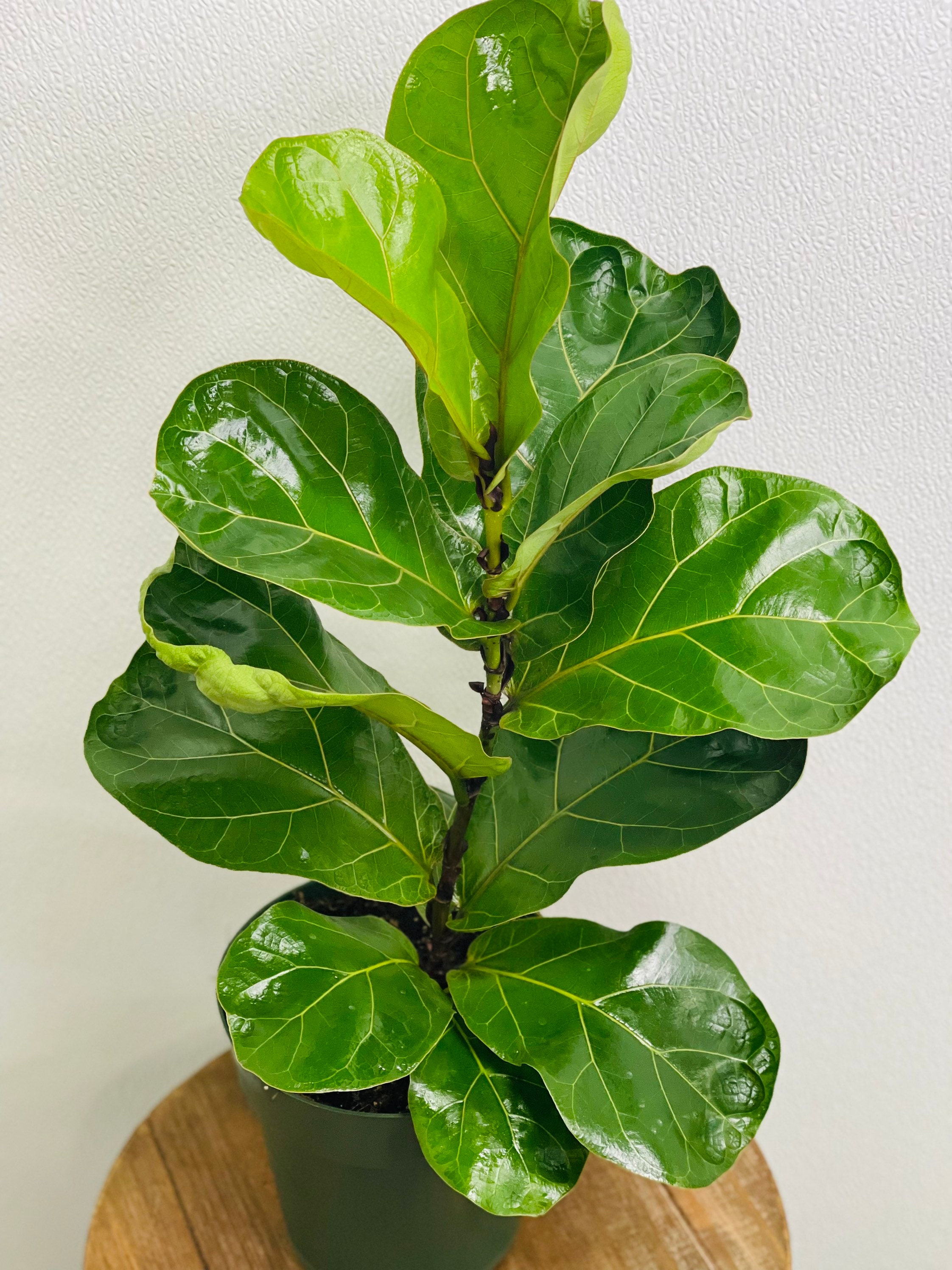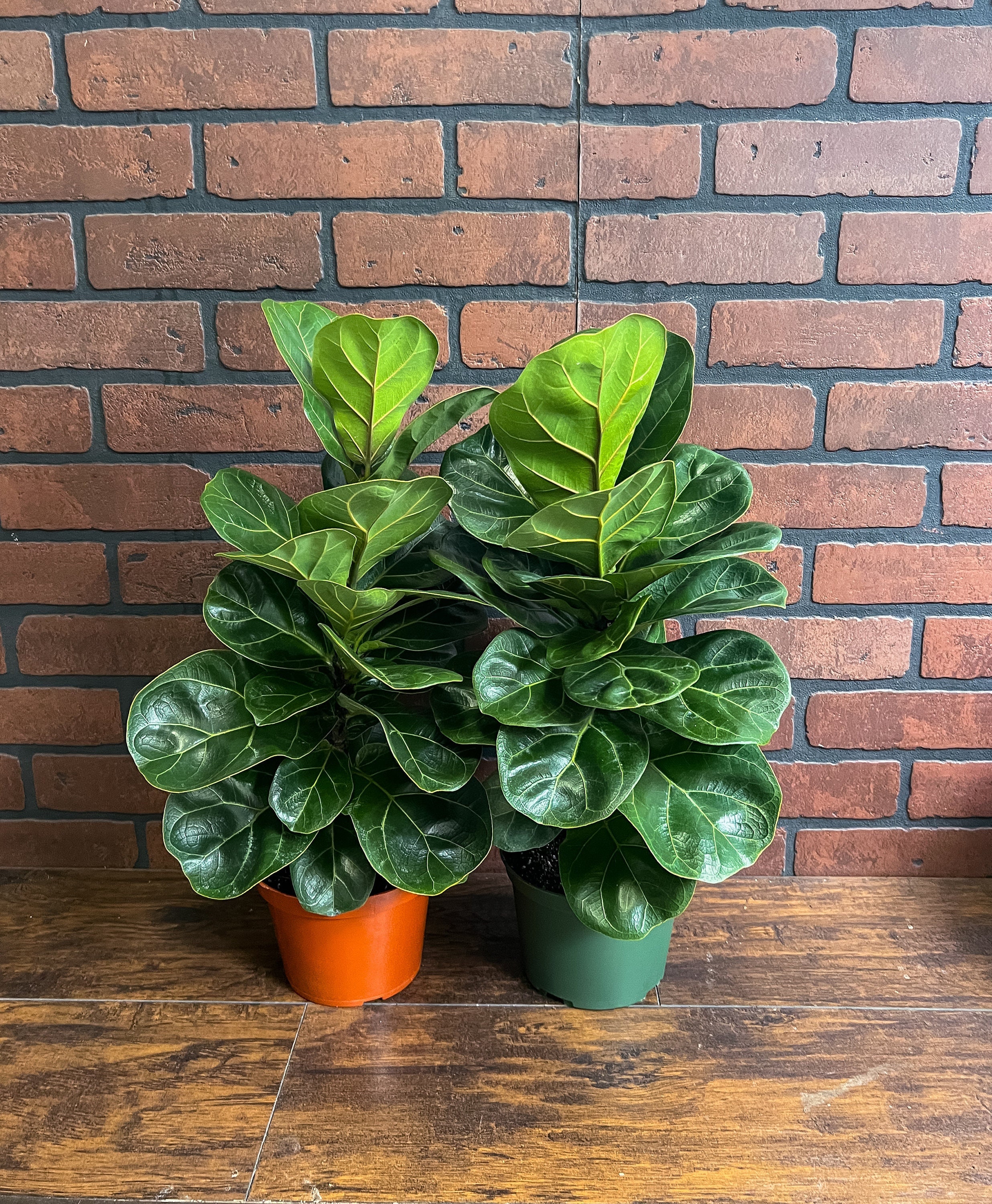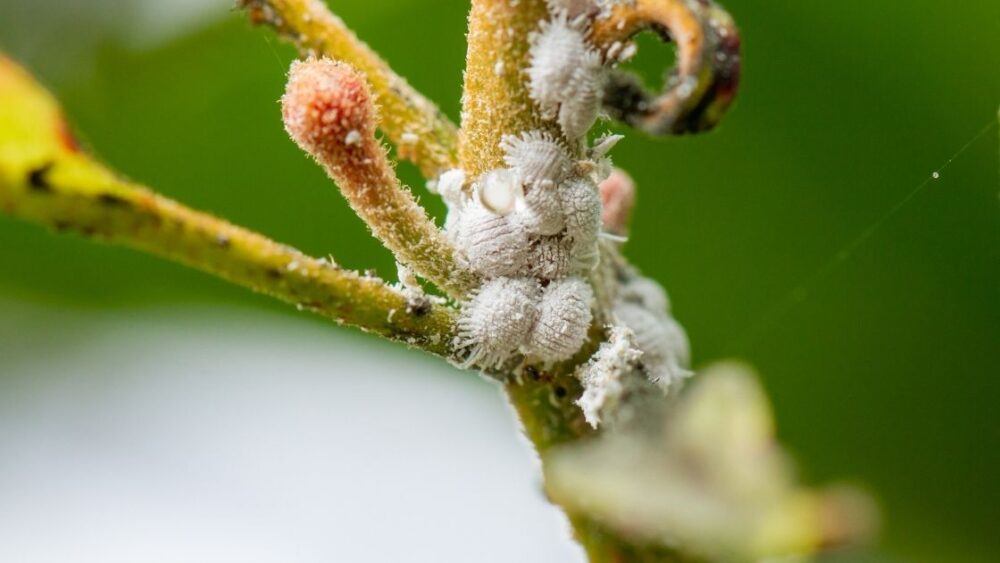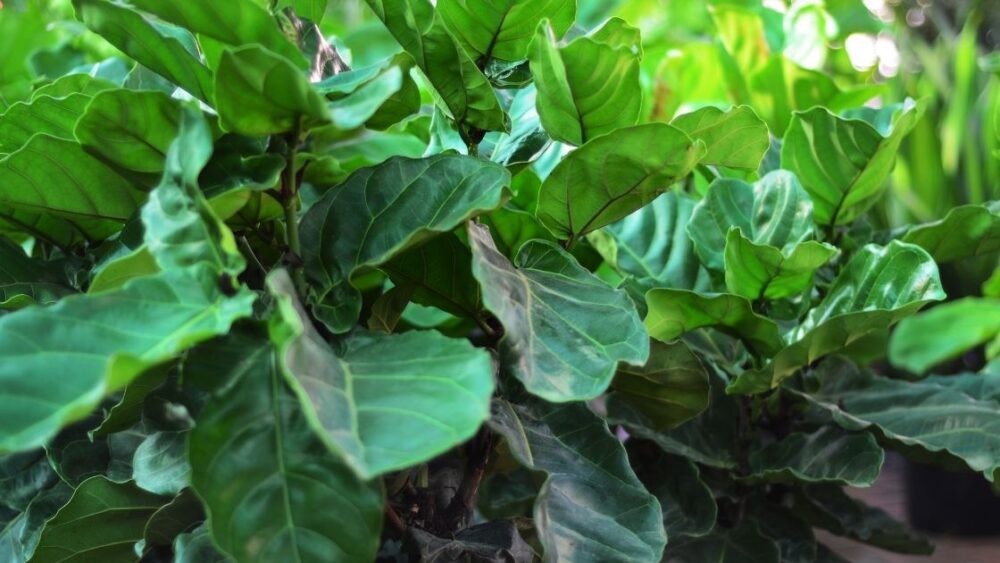
Ficus Lyrata is one of nature’s most beautiful gifts for all gardeners. The plant is adaptable to grow small or large depending on the growing medium. For example, if you cultivate ficus lyrata outside, it can grow really wide. And the style of growth determines the care for the plant. If you are a gardener and you have little space for the plant, you may consider placing it in averagely high sunlight to thrive better. If you want the plant outdoor, you need to care for the plant by controlling the amount of sunlight and water you expose the plant to.
Care for ficus lyrata is simple and not hard at all. You can consider the care for ficus lyrata in two forms: water and sunlight. Although there are other ways to care for the plant, these two factors play a major role. If we keep other care constant, you can behold the care for ficus plants as high (regulated) sunlight and an equal amount of water. The plant may be subjected to root rot if the plant-soil has little or no drainage system – the amount of water should be controlled.
Although ficus plants take direct light exposure, you need to regularly the number of times you exposes the plant. It is necessary to know the manner of cultivating your ficus lyrata. For example, the ficus plant placed outdoors needs more light monitoring than the indoor ones. One of the ways you achieve this is by considering filtered light; filtered light for a plant is a simple technic that allows you to regular light exposure via the use of covered or shades for the plant, and placing your plant in east-facing window if you consider indoor cultivation.
Browse our Affiliate Products
You may further consider the care for ficus lyrata in growth and development. In this case, you have to consider the factors that enable plant growth and development, like fertilizer and a humid environment.
Ficus Lyrata General Information and Care

The information below tells you more about the plant and how you can care better for your plant. Some of the general information addresses plant growth and development, while the others tell you more about ficus lyrata.
General Information and Care
- Common Names: Ficus lyrata, normally called fiddle-leaf fig or banjo fig, is local to Africa.
- Scientific Name: Ficus lyrate
- Grow Cycles: Perennial
- Sun: full sun / light shade: the plant does not require total full sun (although it does well in full sun) because it needs to be regulated. Likewise, it does well in light shade and not deep shade.
- Watering: the ficus lyrata needs proper watering because it does well when it is watered. Notwithstanding, you need to regulate the water (less watering in summer and spring). Ensure the soil is dry to touch before you water the plant. Water the plant once in a week.
- Adult Size: The ficus evergreen tree might develop to 60-100’ tall in its local natural surroundings. It can fill the garden as a big overhanging tree. In colder environments, it develops to 2-10’ tall.
- Planting Zones: ficus lyrata thrive better in hardiness zones 9-11
- Weather Hardiness: Ficus lyrata plant does well in hardiness zones 10 through 12, though it may grow better in United States Department of Agriculture (USDA) zones 10b through 11. You may grow the plant anywhere, outdoor or indoor.
- Propagation: Propagation is by stem cutting. There are many methods to propagate your plants, including
- Toxicity: the white sap from the plant is poisonous; do not come in contact with it. It may cause illness and irritation of the mouth, throat, stomach, and ingestion.
- Dormancy: The ficus lyrata — when kept inside — is known for skipping winter dormancy, or at most essentially during the colder months (winter). So you might see eased back movement for some time, then, at that point, another leaf or two, trailed by a flood of sensational winter development — particularly assuming your ficus lyrata is under a year old.
- Soil: ficus lyrata do perform and grow well in a well-draining soil at pH 5.5-7.0. You can also improve the soil composition with 1 part peat moss/coco coir, 1 part perlite, and 2 parts organic soil will ensure your Fiddle Leaf Fig has the best chance to thrive.
- Bloom: ficus lyrata develops new leaves every four to six weeks during spring and summer. The growth is classified as spurts, majorly in the summer. You may witness many new leaves in just a few days or weeks! In the winter, it’s normal not to have any new growth.
- Fertilization: You can make your Ficus Lyrata healthy by treating it with fertilizer two times a year: once toward the start of spring and once toward the start of the summer. Your Ficus Lyrata develops slowly, and this requests a little application each time, yet it needs fertilization.
For more information on other types of trees, click to browse our category: Trees
Where Does Ficus Lyrata Grow Best (Indoors or Out)?
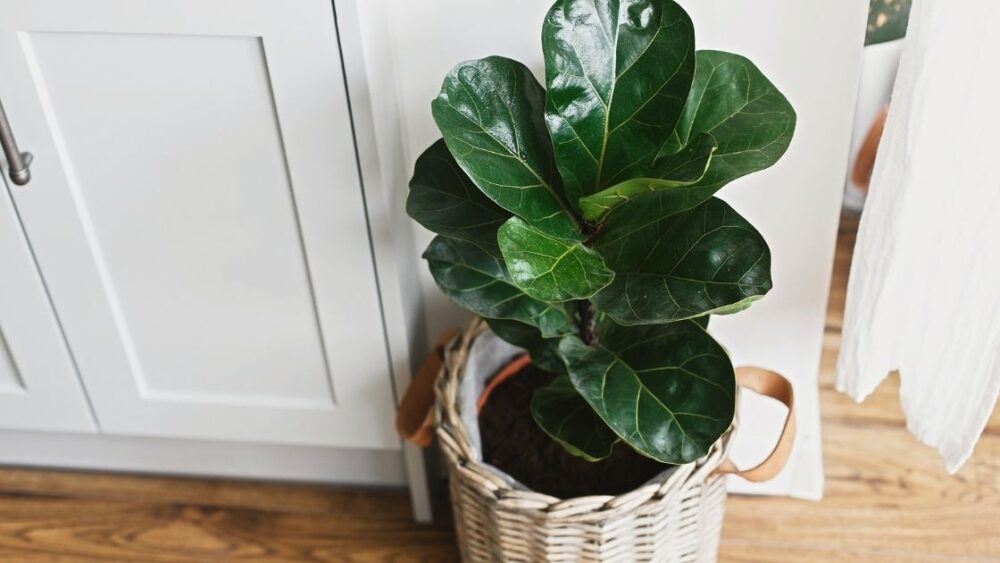
Typically, you should place your focus lyrata plant near an east-facing window; the sun only basks the plant without any direct sun (even in the afternoon heat). Direct sunlight can cause the leaves to burn, turn brown, and fall off. Notwithstanding, you may consider the two cases (indoors and outdoors), but you must give preference to the sunlight. Make sure you create a filter for the sun if you place the plant outside, and you should not put the plant in the deep dark if you want to put it indoors. The plant is mainly called indoor because it performs better with shaded sunlight. In short, your plant may either be indoor or outdoor but in controlled sunlight.
If your interested in pots, check out our affiliate category by clicking here. Planters and Pots
Ficus Lyrata Common Problems
Ficus lyrata has some problems due to uncontrolled sun and water exposure, among other reasons. The major problems are grouped as disease-related or management issues.
- Sunburn: Sunburn is a common ficus lyrata problem. A simple way to avoid sunburn is to reduce light exposure to the sun. Although ficus lyrata needs high sunlight, it must not be in direct radiation.
- Root Rots: root rot is common in plants. You prevent root rot if you water the plant only at due time. It would help if you considered wetting the plant when it has completely dried.
- Dried and Brown Leaves: it’s the end process of all leaves, so they will only get like this if a problem has gone untreated. These are some popular reasons it happens: new soil, disease, and natural aging.
- Falling Leaves: the leaves may fall off if you wet or over wet the plant. Likewise, low light exposure can cause the issue too.
What to do if Your Ficus Lyrata is Dying?
Your ficus lyrata could experience dying if you mismanage sunlight and watering. When you notice the ficus lyrata is dying, do this:
Check the light exposure; is it too much or under-exposed? Do not underestimate how much sunlight these plants want. They need upper levels of light; normally, placing them as close to bright windows as possible (however, make it a filtered exposure).
Check the amount of water. If you notice root rot, it may signify overwatering. Reduce the water flow and only water (once a week) when the soil is dried.
If you notice spots or drying leaves, remove the damaged and black roots and repot them into a fresh potting mix. The plant may revive after you must isolate it from others.
Final Thoughts
Many ways to improve your plant, especially ficus lyrata, are listed above. It is necessary to keep your plant healthy in all areas. The best you could give your plant is to notice all changes you observe in the plants and attend to them immediately; doing so will prevent a lot of havoc.




